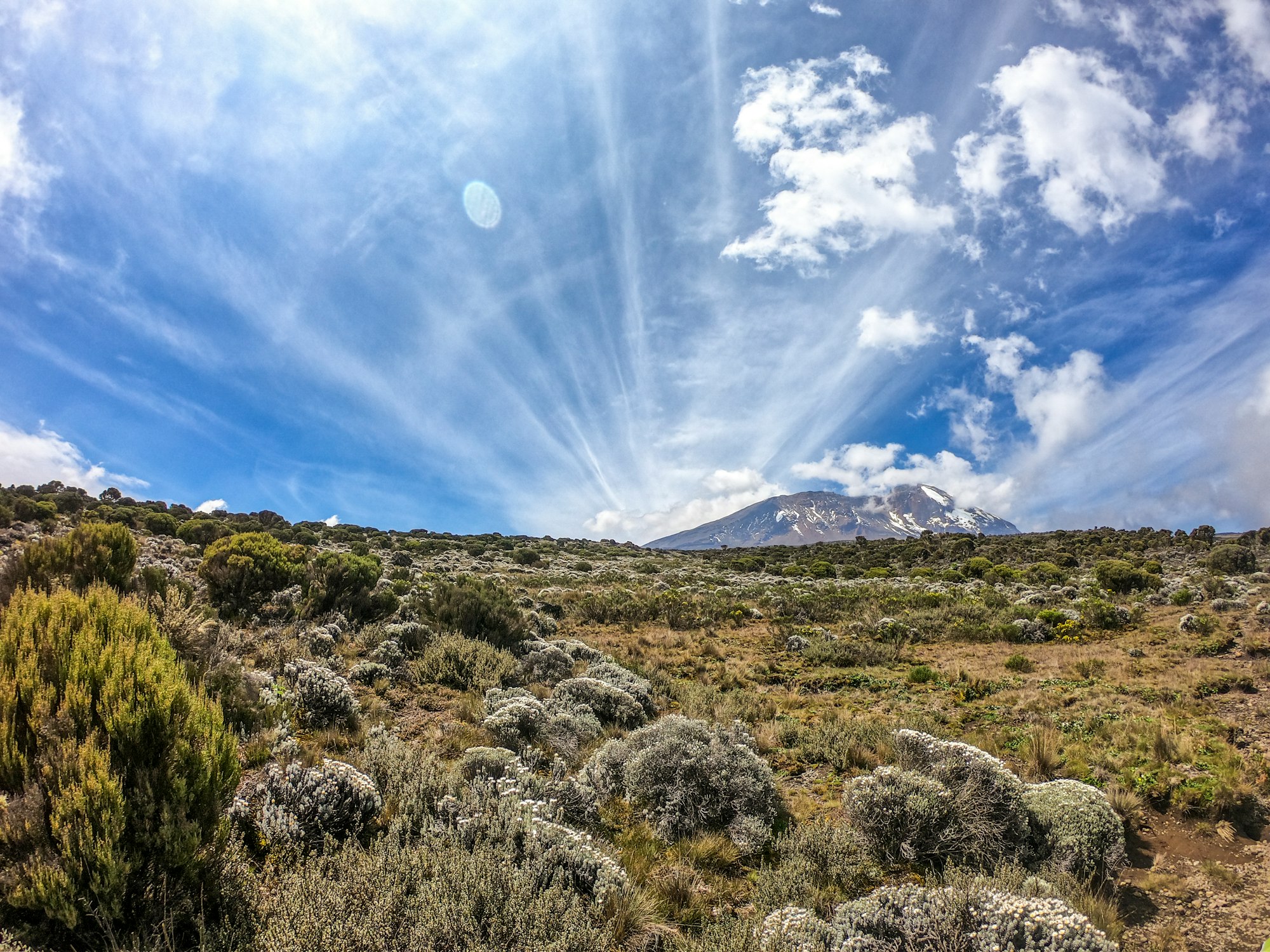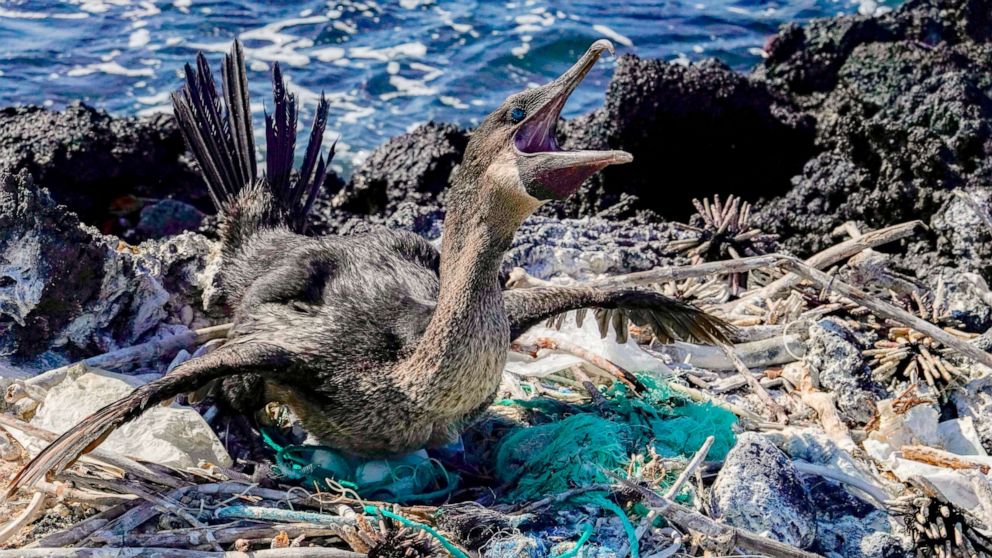
It's time for us as explorers to STOP exploring the over-traveled, overtaxed favorite sites and let them rest and recover
The photo of Macchu Picchu, above, is horribly misleading. The only way you're going to see this magnificent site without hordes upon hordes of people crawling all over tarnation is at or before dawn, when this photo was taken.
I've been there.

To be fair, I did the three-day trek in 2014, the year after I climbed the equally-overwhelmed Kilimanjaro. To Tanzania's credit, the Kilimanjaro park authority, climbing companies and local firms pulled together this year during a Covid-created down time to do a massive cleanup.
Killing the Golden Goose
In other countries, the authorities haven't quite gotten the message. These Golden Goose sites are a country's big fat revenue source. Like too many authorities everywhere, the penchant for sucking as much tourist money out of a sacred place as possible has the unfortunate effect of doing irreparable environmental damage using up local resources that those pesky Indigenous folks need for life and farming (how dare they get in the way of progress?) as well as ruining the very places that so many want to enjoy.
In 2012, I visited the Galapagos Islands. Even eight years ago, those lovely, isolated places were under extreme environmental pressure from a government which allowed vastly more people (who paid the government, natch) to visit the waters, dump their sewage and all too often, unknowingly allow vermin like rats to come ashore and wreak havoc on the delicate creatures that live there.

Those islands are experiencing serious degradation. Eventually, just like other uber-popular sites, they will no longer sport the creatures that we want to see. The reefs and waters will be so badly damaged that the tourists will travel elsewhere.
You could easily make the argument that it's simple for me to tell you or other tourists to not go where I have already gone. While on one hand that's perfectly fair, there are plenty of places that are exceedingly popular where I haven't been and will never go precisely for the reasons above. Too many of us do, and far too many of us leave our trash and damage the very thing we came to see.
Frankly, I want to see more people out traveling, most especially People of Color and Indigenous folks who have the same right we all do to see the world, enjoy its beauty and be gobsmacked by gorgeousness. All I ask is that each of us minds our environmental manners as we do.

You may no longer climb here. Good.
For example, I spent four years living in Australia. I specifically did not go visit the Sacred Site of Uluru, the great standing red rock that is central to the Aboriginal tribes of the area. I'd like to have done it, but even back in the early eighties I was aware that there are some places that don't need my feet causing more problems.
Peru, which is one of my favorite countries, in particular has seen seriously invasive growth and damage. Some of the lovely small towns I recall exploring only a few years ago have already been damaged beyond repair, and local archeological sites are not just threatened but guaranteed extinction by the government's breaking ground on a new airport.

The Causeway caused damage
In my own lifetime, I saw this happen to a perfectly lovely site in my home state of Florida. For many years, lovely Sanibel Island was one of the great shelling beaches in the world. When I was growing up, every year at Thanksgiving my parents packed us into the car and drove us to Fort Myers, where we took the ferry from Punta Rassa across to this isolated, skeeter-filled spot of paradise. The piles of shells along that beach were taller than I was as a toddler.
Almost as soon as the causeway was built in 1963, the year I turned ten, those shell piles began to disappear. These days, what was once a treasure trove of discoveries is so seriously over-shelled that the discovery of one single shell (without its living inhabitant, the removal of which is now, happily, illegal as hell) is considered newsworthy.
To the credit of Sanibel's city fathers and mothers, growth is tightly controlled. Periwinkle drive is today the same as it was when I was a pre-teen, and no motel can be built too high or use lights on the beaches where turtles breed. They ensured that Sanibel, unlike most of Florida, wouldn't lose its beauty to Miami-like overdevelopment. But the shells are gone, and that hurts my heart.
Millions more are traveling
Outside Magazine's Online newsletter posted this piece recently which reminded me, as I get ready to train for travel as soon as the planes fly again, where I will not go. Will likely never go:

The sudden enrichment of millions of middle-class Chinese has meant that those people have found a hunger for travel. I don't blame them one bit. But millions more— and that means all of us, not just the Chinese- with money to spend and without the sense God gave a goose as to how to be in the world, how to be in nature, and how to respect local peoples and their sacred sites has meant that gorgeous places like Angor Wat are being damaged beyond repair and at a rate nobody can keep up with. The Cambodian government is as corrupt as they come, and the locals in Siam Reap can't possibly regulate millions of tourists who ignore the pleas to dress appropriately for such a sacred place, and cart off all manner of bits and pieces of the site.
"Just this one tiny piece" times millions upon millions of people means that piece by piece, Angkor Wat will simply disappear.
But you got yours, at the expense not only of the Cambodian people, but everyone else as well.
Being responsible
The Outside article reminded me of the sacred responsibility that I as an adventure traveler have to the world I love to explore. I am willing to go to great lengths and expense to see ever more remote places, which are increasingly rare. I am loathe to write about them, for concern that by doing so, too many will do the same, and not treat the place with the kind of reverence those places deserve.
Certainly plenty of people don't behave badly in the outdoors, nor do they break off chunks of sacred temples to put on the mantles at home. Too many do. Just like too many boat operators in the Galapagos dump their raw sewage and trash into the water, to not only sour the pristine sparkling waves, but cause death to the rare creatures who try to eat the plastic.

If you must go, and that's certainly understandable, kindly please do these things:
- Do your due diligence before you go. Understand the local rules about dress and decorum. Then follow those rules.
- Leave things where they are. Don't take anything. My favorite item from Angkor Wat is a rubbing of a wall carving, done with no damage to the site. It was inexpensive, gave work to a local, and has pride of place on my wall.
- Try to go during low times. When there, visit during the least popular hours.
- Hire locally, eat locally, support local businesses. Not only will you learn a great deal, by supporting the locals you reduce the impact.
The world has a long, sad history of disrespecting the sacred sites of Indigenous people. We take what we want, trample those locations, take our Instagram shots and leave our plastic and poo for others to clean up. Or not. And think that's just fine.
It isn't. For the more of us there are, the more these precious sites are at risk. That means it is increasingly incumbent upon you and me to not only be responsible travelers, but also responsible enough to know when not to go.



Comments powered by Talkyard.